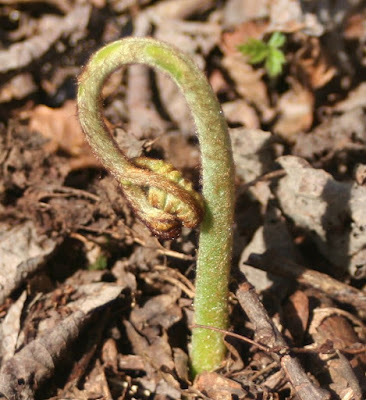The list of plants is pretty long so its time to start ticking them off
Hawthorn (Crataegus monogyna)
Nettle (Utrica dioica)
Gorse (Ulex europaeus (Fababeae))
Bracken (Pteridium aquilinum)
Hawthorn is a small tree that is common in hedgerows. the berries are called haws and provide food for a lot of animals and birds in the autumn. The flowers on the tree are called may blossom as they usually come out in may. The flowers are pollinated by flies so the flowers smell a bit 'gone off' to attract them.
White Hawthorn flowers at the top and Stinging nettles at the bottom.
Everyone knows about stinging nettles, because they sting if you touch them. But did you know you can eat them? If you pick them carefully (wearing gloves) and cook them they loose their sting. My dad sometimes makes nettle soup which is actually quite nice.
We live in an area with a lot of Gorse. The bright yellow flowers are everywhere. These are prickly bushes and if we are out for a walk and i have a pain in my foot its usually because a bit of gorse has got in my shoe. Sometimes the flowers smell a bit like coconut.
Gorse
One of the other plants we have a lot of in our area is bracken. It can take over huge areas and grows from a creeping root called a 'rhizome'. The plants are just coming up this time of year and they are sometimes called 'fiddle heads' or 'shepherds crooks' as they can look like the tops of fiddles or shepherds crooks as you can see below
Bracken



No comments:
Post a Comment